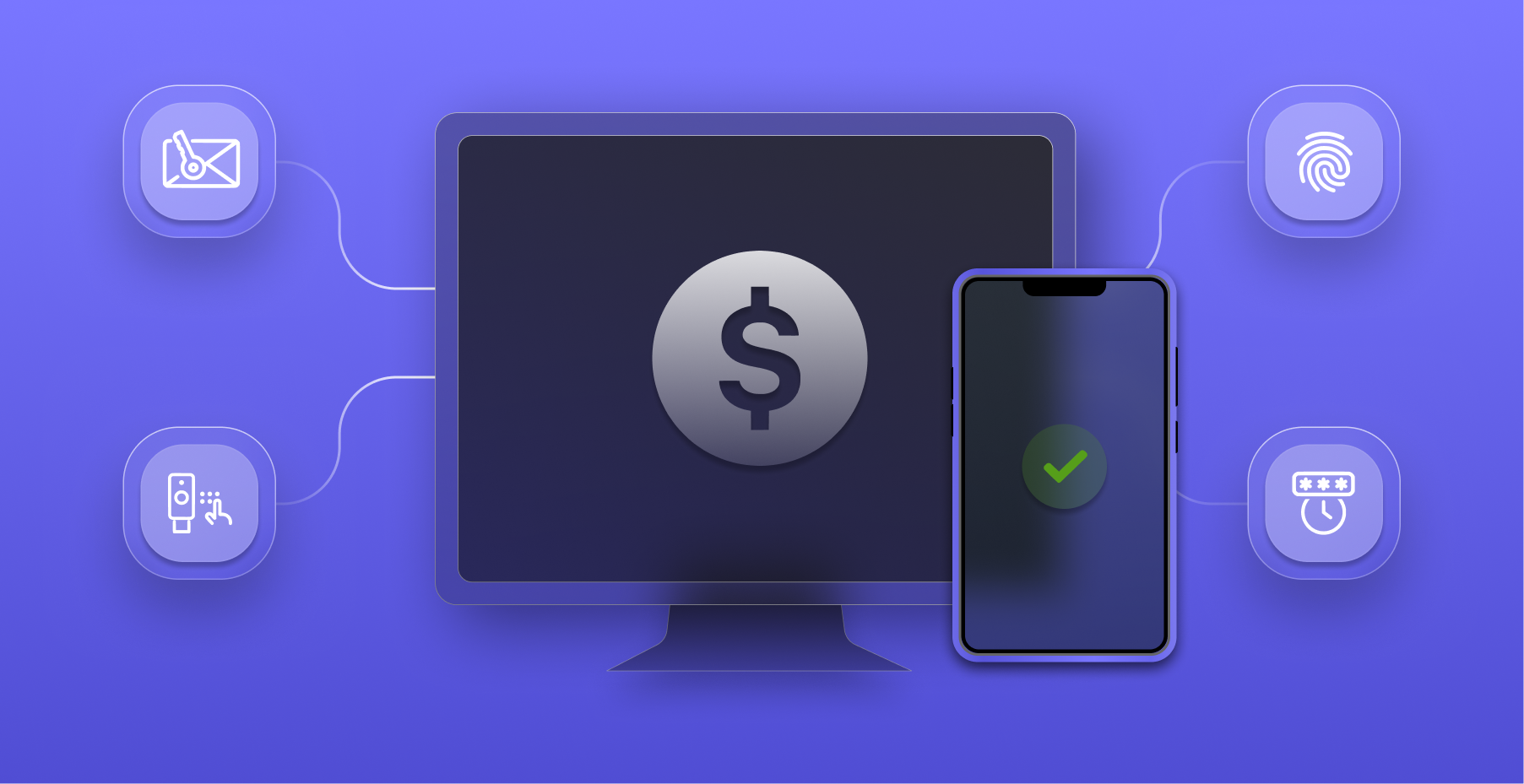Multi-Factor Authentication (MFA) is no longer optional—it’s a foundational security measure for any digital application. However, its implementation involves various costs that organizations must understand to make informed decisions.
In this blog, we break down the direct and hidden costs of MFA, compare leading solutions, and show why SuperTokens is a superior, cost-effective alternative.
What is MFA?
Multi-Factor Authentication (MFA) requires users to verify their identity using two or more factors:
- Something they know (e.g., password)
- Something they have (e.g., mobile device, hardware key)
- Something they are (e.g., biometric identifiers)
Learn more about real-world examples of MFA.
Why is MFA Crucial for Securing Digital Assets?
With credential breaches rising, relying solely on passwords is insufficient. MFA provides layered protection, significantly reducing the risk of account compromise.
Key Insight: According to Microsoft, MFA blocks 99.9% of account hacks.
Explore the 10 benefits of MFA to understand why it’s an essential security measure.
An Overview of the Factors That Influence MFA Costs
Implementing MFA involves more than just licensing fees. Costs vary based on:
- Solution type (cloud vs. self-hosted)
- Licensing and usage models
- Integration and maintenance overheads
- Hardware or third-party service needs
- User training and support impacts
Key Cost Components of MFA
Licensing and Subscription Fees
MFA pricing models include:
- Per-user fees: Typically $3–$5/month/user (e.g., Duo, Okta)
- Flat rates: Often for small teams
- Tiered pricing: Costs escalate with feature needs
SuperTokens offers free MFA during development and flexible production plans.
Infrastructure and Hardware
Implementation may involve:
- Hardware tokens: YubiKeys (~$45–$60 per device)
- Biometric scanners: Upwards of $200 each
Cloud-hosted solutions introduce recurring fees, while self-hosted ones require infrastructure investment.
Integration Costs
Significant engineering effort may be needed to:
- Customize MFA workflows
- Maintain a seamless UX across platforms
SuperTokens offers pre-built, customizable UI components, reducing integration timelines dramatically.
Maintenance and Support
Ongoing support costs include:
- Infrastructure upkeep
- Software updates
- Handling user issues like lost devices or backup method setup
SuperTokens’ low-maintenance architecture helps keep these costs predictable. SuperTokens also has a number of cost-effective paid support plans depending on the amount of expertise required for the integration.
User Experience and Training
Poor MFA implementation can:
- Increase helpdesk tickets
- Cause user frustration and drop-off
- Security Vulnerabilities
Learn how to balance security and UX in MFA deployments.
How SuperTokens Reduces the Cost of MFA
Free MFA Features
SuperTokens offers free MFA support during development phases, lowering entry costs for startups and small teams.
Pre-Built and Customizable UI
Save weeks of engineering time with SuperTokens’ pre-built authentication UIs, all customizable to match your brand.
Flexible MFA Options
- TOTP (Google Authenticator, Authy)
- Email OTP
- SMS OTP
Unlike most vendors, SuperTokens lets you implement SMS/email OTP without relying on costly third-party gateways.
Tenant-Level MFA Configurations
For B2B SaaS companies, tenant-specific MFA policies can be configured easily—optimizing costs and improving security at scale.
Hidden Costs of Not Using MFA
Breach Recovery Costs
Recovering from a breach can cost millions in:
- Fines and lawsuits
- PR damage
- Customer churn
Discover more about user session security best practices.
Compliance Penalties
Regulations like GDPR, HIPAA, and PCI-DSS mandate MFA in many cases. Non-compliance leads to steep penalties.
Comparing MFA Solutions
| Feature | SuperTokens | Duo | Okta |
|---|---|---|---|
| Licensing Cost | Free dev license; flexible prod plans | Paid per user/month | Paid per user/month |
| Hosting | Self-hosted or cloud | Cloud-only | Cloud-only |
| 3rd Party SMS Needed? | No | Yes | Yes |
| Tenant-Specific MFA | Yes | No | No |
| Pre-Built UI Components | Yes | Limited | Limited |
Best Practices for Cost-Effective MFA Implementation
Use Free Development Licenses
Utilize SuperTokens’ free development plan to test and optimize your MFA flow before going live.
Adopt Multi-Tenant Configurations
Configure MFA per tenant to ensure tailored security without unnecessary costs.
Monitor and Optimize Usage
Track OTP usage patterns to:
- Shift heavy SMS OTP usage to email OTP where possible
- Identify unnecessary notifications and streamline workflows
Long-Term Benefits of Investing in MFA
Improved Security ROI
Preventing data breaches can save millions, making MFA a high-return investment.
Enhanced User Trust
Secure authentication fosters customer loyalty and improves brand reputation.
Scalability with Tools Like SuperTokens
SuperTokens ensures seamless scaling—from a few hundred users to millions—without rearchitecting authentication flows.
Tools to Evaluate and Implement MFA
Use ROI calculators and security audit tools to:
- Project cost savings
- Validate compliance adherence
Refer to SuperTokens’ comprehensive MFA guides and SDKs for implementation support.
Conclusion
MFA implementation costs are nuanced, but the security benefits far outweigh the investment. A well-chosen MFA strategy can enhance security, ensure compliance, and minimize operational costs.
SuperTokens offers a flexible, scalable, and cost-effective path to MFA implementation without locking you into rigid vendor contracts.
Ready to secure your applications without breaking the bank? Start with SuperTokens today 🚀.

